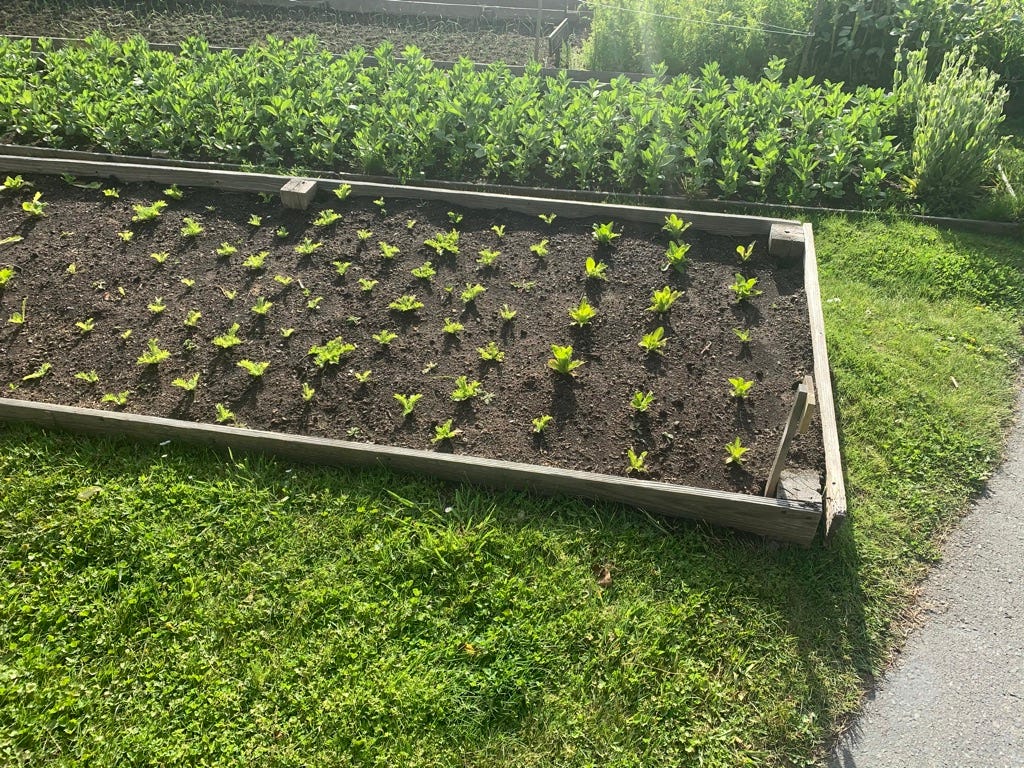Saving the School Makerspace
Can we revive makerspaces that are underutilized or even abandoned?
Last week, I was at a meeting in SF and a well-educated woman mentioned that she was looking at private schools for her children. All of the schools had makerspaces but the students didn’t seem to really spend much time in them. I asked her later about her comment and she said that the spaces looked great but they didn’t have anyone in them.
I was surprised to hear it about private schools, which generally have had the resources and staffing to develop makerspaces and maange them well. It’s mostly the public schools I hear about — that they bought a laser cutter or 3D printer and it gathers dust. That’s the actual phrase they most often use — and I think like books in the library waiting to be opened.
Especially since Covid hit, makerspaces in some schools have suffered from neglect. They might have lost a teacher who moved to a different school. Or they lost some resources they previously had. I also have a feeling that some schools decided that hands-on learning wasn’t a priority and preferred to tackle “learning loss” by buckling down on math and reading.
I’m not here to debate those reasons but I’d be happy to argue the case for makerspaces if anyone is unclear why they matter for students.
One of the models I had in my head when I was promoting school makerspaces ten years ago was the school garden. Alice Water’s Edible Schoolyard project in Berkeley started a movement to build school gardens. She suggested that parents ask the school administration if they could a have a plot of land and build a garden. They’d help by working with kids to plant the garden and make the connection between the things that grow in the garden and the food we eat.
What interested me most was that there was little funding for school gardens and no curriculum for it either. No national educational organization was pushing this. I’d like to believe that Waters saw that nothing prevented parents from getting started. A group of volunteer parents got the garden going somehow. Over the years, some schools have funded a position to work with the kids and school curriculum was developed as well.
I imagine that today there are some school gardens that have been abandoned while others are thriving. Neither is a judgement on whether school gardens are good to have for kids at school. Decentralized, distributed movements work this way; they don’t create uniform participation or results.
I know there are schools that have robust makerspaces and they have people who are dedicated to managing them and creating great programs for students. On the other hand, those makerspaces that don’t get used and have equipment gathering dust are largely lacking in trained and motivated staff.
As I mentioned, because of Covid and other reasons, we saw many people who were the school’s makerspace champion move on or retire. I might say that the first wave of school makerspace was made possible by those kind of champions who accomplished a lot often without administrative support or a budget. I recall one teacher from St. Louis who told me that he started his makerspace out of a closet. The next year he got a classroom and the closet. The third year he actually got a budget. Makerspace need resources, but more than anything, they need champions, even if they are parents. They need people who believe that hands-on learning makes a big difference in the lives of students. They’ve understand what creating projects means to students.
The problem is that people aren’t trained to manage makerspaces and develop rich learning programs that benefit students. Too often, schools get a grant to buy equipment but don’t prioritize training an educator to make use of the equipment. Or they assign the job to an educator who is less than committed. Or kids get too little time in the makerspace to do any meaningful work.
I have to say that when the woman that I mentioned above disparaged the makerspaces in the schools she visited, I burned inside. I wondered what more could I do, what more could MakerEd do, to give a new life to those makerspaces. Because each of those dusty makerspaces, like an abandoned garden, won’t be able to grow anything this school year. They won’t feed the student’s need to learn, create and show what they can do, who they are and can become.
If you know of one of those abandoned or underutilized makerspaces, call me. Let’s see what we can do together to bring these makerspaces back. They can be a lot better.




We have been working for 10 years with school makerspaces, and so far successfully turning the teachers attention to this new learning environment.
Our idea was the same - that without expertise the teachers will will not able to kickstart their activities in makerspaces, so we started to give them half year courses to fire up their maker skills.
You can check out our four activities here: www.makersredbox.com. Right new we are thinking on how to access the US teachers, so any suggestions and help are appriciated. Thanks
Edible Schoolyard provides training and curricula that aligns with NGSS. I was able, as a parent, to download documentation for a demonstration I did when we made vinaigrette after picking leaves of lettuce in the garden. The teacher could then include in her daily write up of how it was educational because it had the NGSS information. Formalizing maker activities in one hub where the curricular documentation already provided could go a long way towards allowing teachers to include it in their day if they can "prove" it is educational. PA is starting new standards this year (STEELS), so I realize it's a moving target and will need to be updated as these sort of things happen.